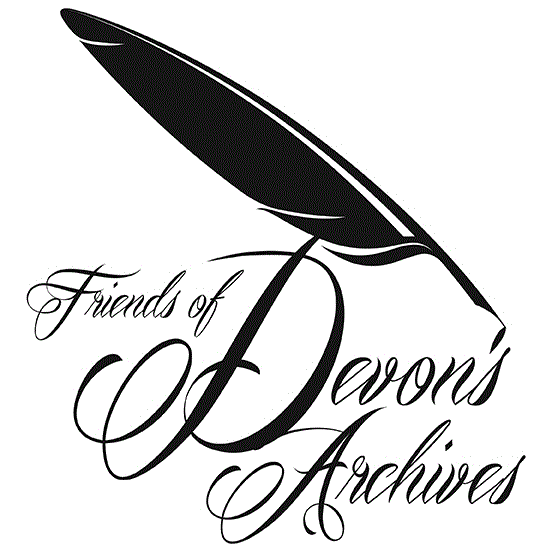Rackenford Oath-Takers, 1723
By Sarah Child
The farming families
A few of the names on the list are clearly recognisable from other documentation as the heads of household of some of the farms. These are Thomas Ayre of Worthy, William Cockram of Tidderson and John Veysey of Higher Bulworthy who were all freeholders or about to be; Mary Gammon (widow) of Canworthy, John Gunn of Middlecott and Thomas Gunn of Lower Bulworthy. William Handford was the leaseholder of the mill (where he was also a tanner), which he was to buy three years later. Humphrey Parkhouse was described as a yeoman farmer in 1707 when he applied to the Quarter Sessions to discharge an apprentice, though there is no evidence as to which farm he occupied. The definition of a yeoman seems to have been fairly general and to have applied to a recognisably prosperous farmer even if he were only a leaseholder for lives or paying an annual rent. John Gunn, described as a yeoman in his will and dying allegedly worth £1000 according to the subsequent probate dispute, was leasing Middlecott.4 Philip Courtenay is described as a yeoman in a deposition relating to a will, although he cannot have owned any Rackenford freehold property except possibly for a small tenement in the village, and he may like his brothers have been a butcher. Nor can John Partridge, who described himself as a yeoman when making a list of persons fit to serve on juries in 1726. Apart from these ten, Hugh Burcher's brother was described as a yeoman in his will and had owned property outside the parish, while the Tanners and Parkers were both families which at other dates are identifiable as clearly among the yeomanry.
Besides the relationships mentioned above, there are various family groupings which may or may not mean that individual households supplied more than one juror. Information on these can be gathered (up to a point) from the church registers. There are three
Courtenays (Courtney), apparently consisting of three brothers, two Voyseys (Veysey) who were probably brothers, two Webbers, and two male Ayres.
Continue to next section Return to previous
- DHC 55/8/6. [back]

